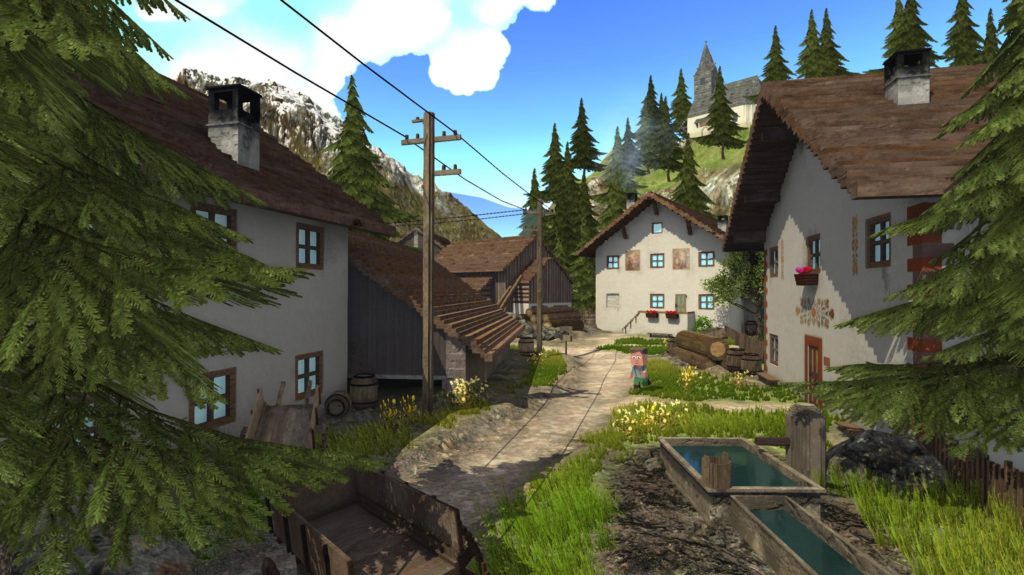
PC, Mac
I am increasingly convinced that one of the less predictable repercussions of the pandemic is a lack of attention on the sorts of independent games that would usually get a smattering of press attention. A result of the loss of events like GDC, plus the many smaller – often much more important – indie shows, competitions, meet-ups, game jams and so on, means games aren’t getting onto radars. Buzz that would normally be generated is almost entirely eradicated, and only very few low-budget projects are catching the zeitgeist. A lot of my thinking is based on A Painter’s Tale somehow having gone completely unnoticed by absolutely everyone, apart, it seems, from my randomly stumbling on it.
There’s a chance you may know about the town of Curon Venosta (Graun im Vinschgau), because you’ve a good knowledge of Italian post-war history. There’s perhaps a better chance it might be because you saw last year’s Italian Netflix programme of the same name. I confess I was entirely ignorant of both the location and the show, but having played third-person narrative adventure A Painter’s Tale, am absolutely fascinated by the place.
It’s worth noting straight away this has nothing to do with Netflix’s supernatural spooky offering. A Painter’s Tale is a bittersweet portrayal of the South Tyrolian town, and its eventual destruction by Italian chemicals company, Montecatini. In 1950 a dam was completed that flooded the village, displacing 163 families and 523 hectares of their farmland.
Now, I feel like I’m inevitably wandering into some very contested territory here, not least because the area is one that has been both German and Italian, is now an autonomous province of Italy, but where the majority of its present inhabitants speak German. A Painter’s Tale’s developers are Italian, while its somewhat reworked, re-ordered timeline of the events portrays the Italians very much as the enemies of a German-speaking group of famers, having their lives and livelihoods demolished by a flooding against which they fiercely fought, even to the point of a meeting with the Pope.
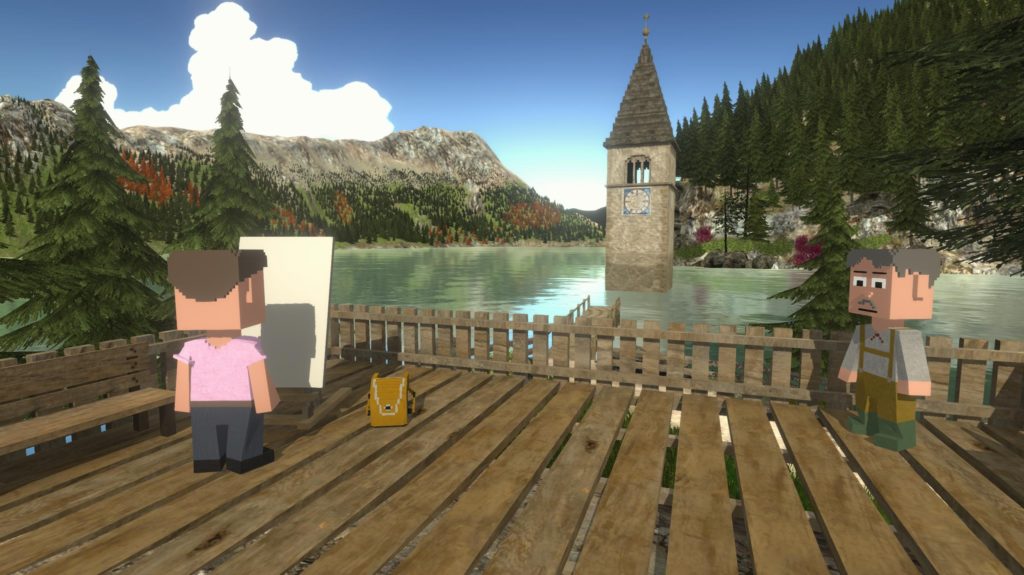
The game begins with you, Karl, an Italian painter visiting what is now Lake Reschen/Lago di Resia in the present day. The lake is a real-life tourist spot, not just because of the extraordinary beauty of the area, but because of the bell tower of Curon’s submerged 14th century church that so peculiarly rises from the water. Karl, oddly, falls in the lake, and is seemingly dragged under by a mysterious shadowy shape, only to be rescued by Ida, a German-speaking woman who cares for him while he sleeps.
When he wakes, the village is somehow no longer flooded, everyone’s speaking German, and dressed in old-timey clothes. It takes Karl rather longer than you to figure out he has somehow been taken back in time to 1949, and finds himself in the middle of the lives of a few of the town’s citizens in the build-up to the flooding.
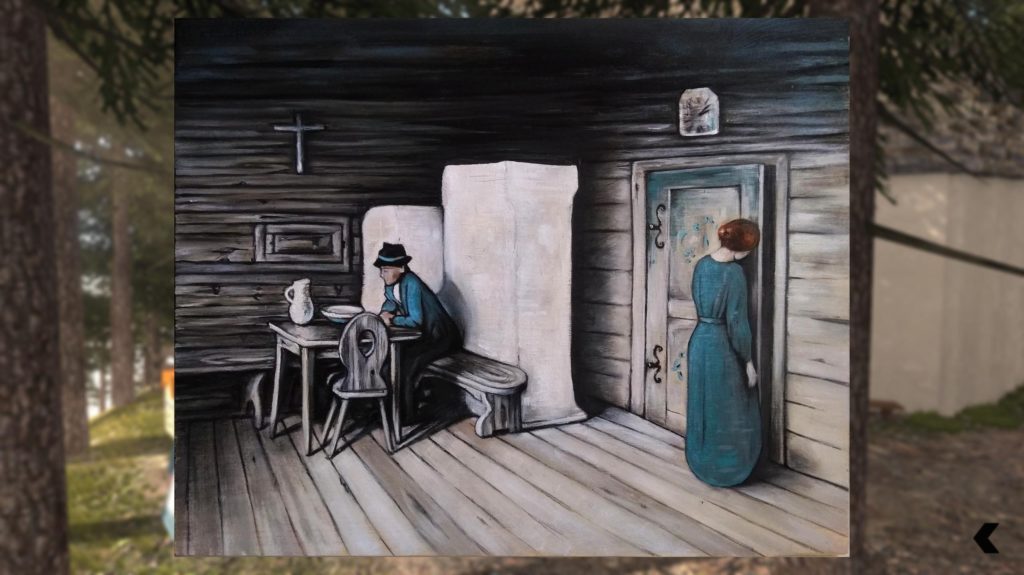
The result is a very touching game, that intertwines the larger tale of the fight to try to stop the damming with smaller stories of people’s personal lives. There’s romance, betrayal, subterfuge and gossip, as well as Karl being faced with the dilemma that if he were to interfere and help to save Curon, would he lose his ability to return to his own time?
This is all presented in the most extraordinary fashion. It looks like a Minecraft mod, with block-built characters, animals and objects, yet set in a far more detailed scenery. Beautiful skies and trees surround Lego-like houses, and as bonkers as that sounds, it really works. I’ve no idea if this was intentional, but it very well captures the narrative’s own dissonance, as it combines a real historical event with its own fictionalised telling. It’s block-building its own version of the timeline of events (the damming decisions were really made pre-war, but here are only introduced after, for instance) within the more intricately detailed reality of mid-20th century events between Germany and Italy.
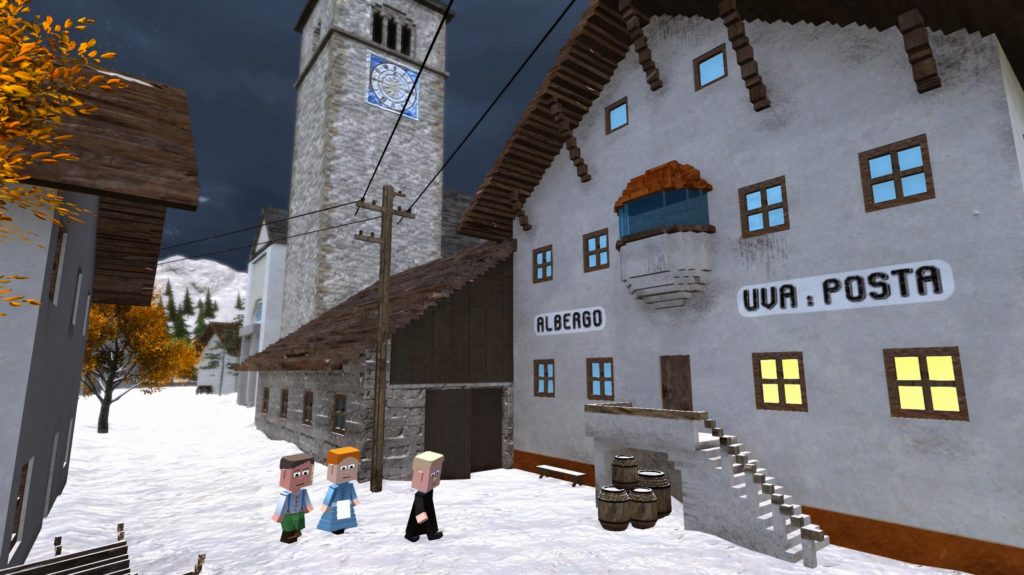
It’s worth noting that there are some issues. Alongside a few bits and pieces that aren’t translated in the English version (though nothing that impeded progress or understanding), there are some very frustrating controls. Interacting with items frequently required me to click two or three times before Karl would glacially reposition himself to look at or pick up something. And worse, it endlessly takes away control from you, almost every time you leave one scene and arrive in another, but also so flipping often at the start that I ended up just putting down the controller and picking up my phone, until it deigned to let me move the character myself.
Still, adjusting to its far-too-slow pace did help appreciate the smaller moments a little. There are lots of lovely details to discover, and conversations to overhear. And in the mix are all sorts of lovely one-off ideas, brief puzzles or alternative ways to play, keeping things always interesting.
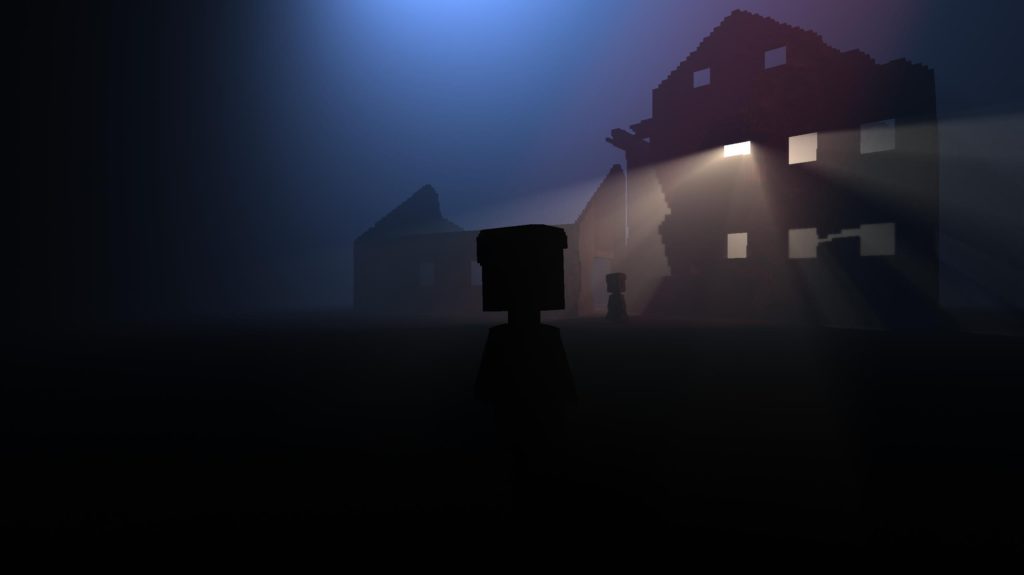
It’s so fascinating that such a gently told game portrays a minute element of fascism, the ruining of the lives of 150 households, their inadequate compensation, their rehousing in rudimentary shacks, and the loss of their farming income and even livestock.
I also love that as you play, you unlock pages of beautifully written information about the real-world version of events, that isn’t shy about contradicting the fictionalised telling in the game.
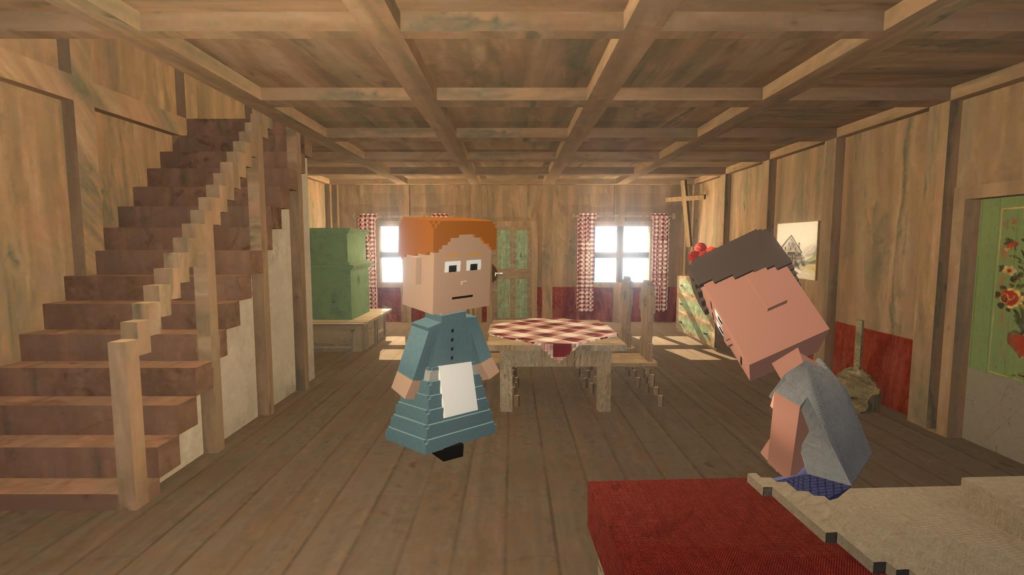
This is what I think has most enamoured me to A Painter’s Tale. South Tyrol/Alto Adige faced 1920s Italian fascism, 1930/40s Nazism, and 1950s fascistic capitalism. Curon/Graun was just a tiny, tiny town, a blip on a map, its population repeatedly shat on by history until it was eventually sunk beneath 22m of water. When we look at History, and we learn about Wars, we see arrows on maps, armies defeating armies, flags replacing flags. But it’s so easy to forget about the minutiae within that. The farmer in the mountains whose life was bounced between fascist regimes, before being completely destroyed in their wake.
A Painter’s Tale offers this perspective with such an extraordinary lightness of touch, almost a nonchalance, and is so much more powerful for it. To look at its very odd graphics I’d never have guessed what this was going to be. I’m so very delighted I found it.
- Monkeys Tales Studio / IVIPRO
- Steam
- £5.80/€6.90/$8
- Official Site
All Buried Treasure articles are funded by Patreon backers. If you want to see more reviews of great indie games, please consider backing this project.



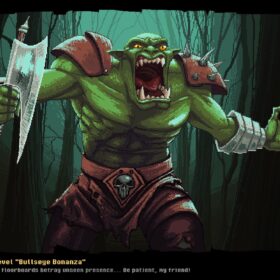
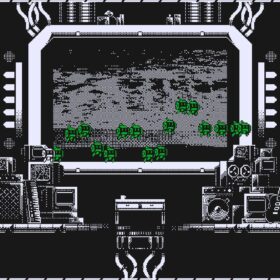
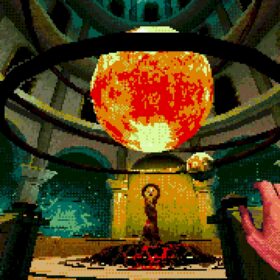

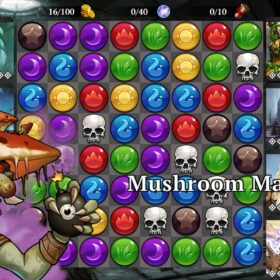
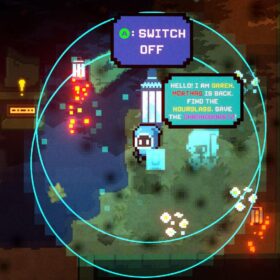

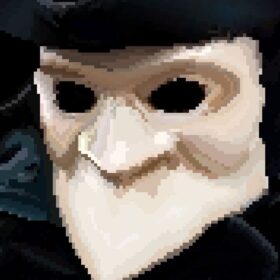
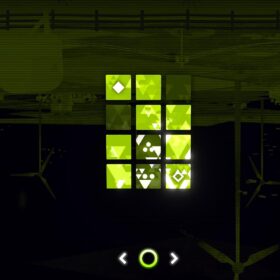
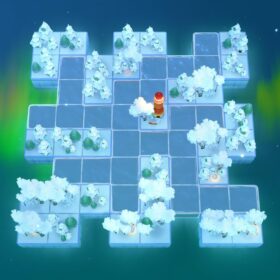
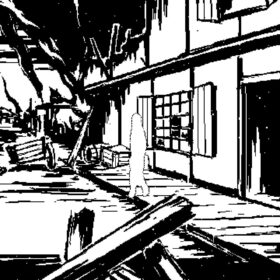



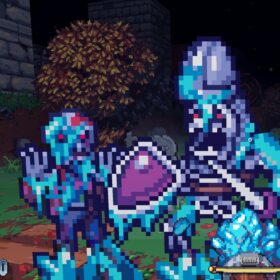
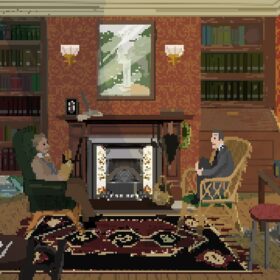
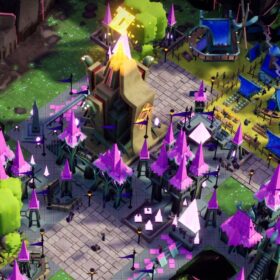
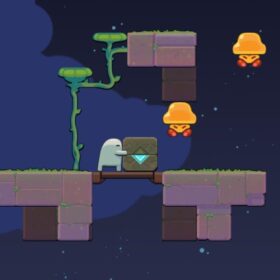
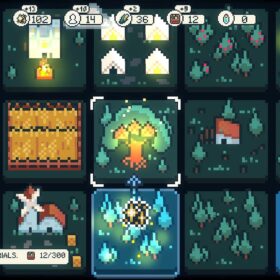

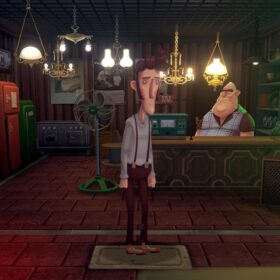
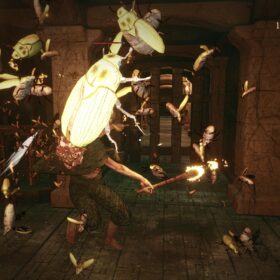

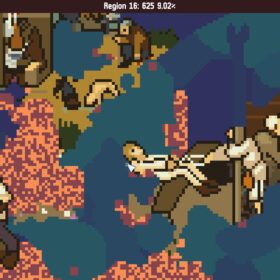
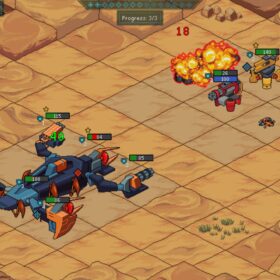

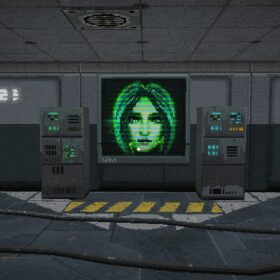
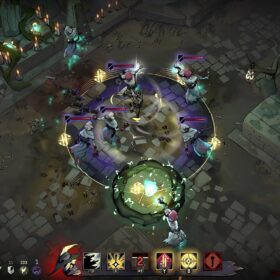
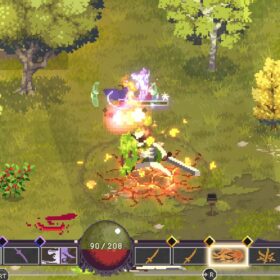
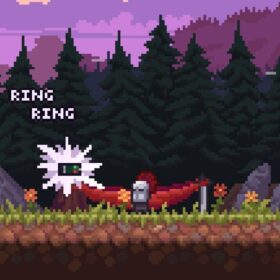
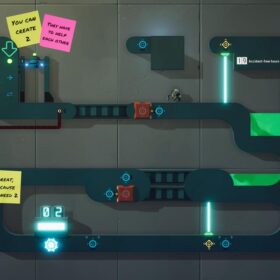
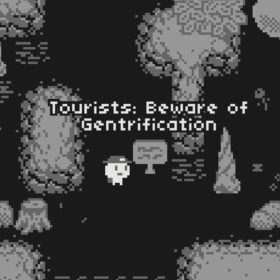

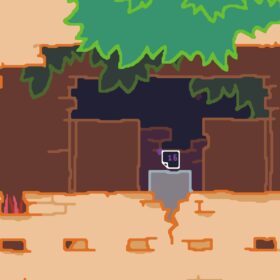
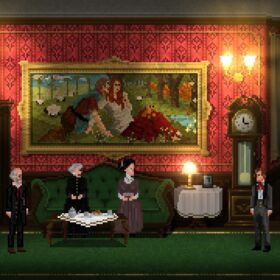

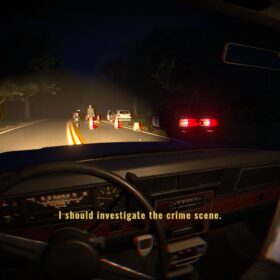
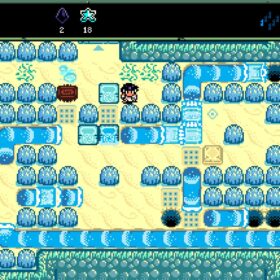
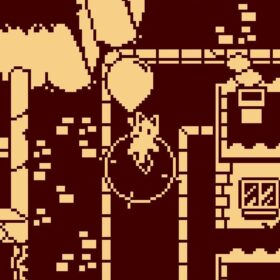
I picked this up thanks to this review, and it’s lovely! I agree that the book you fill up is great – it’s led to me googling and learning more about things, places and events. I ended up in a 2 hour rabbit hole reading about cured meats the other night…
Sounds fascinating John, thank you, I’ll definitely pick this up. I loved your recommendation of The Flower Collectors last year as a game that really places you in a specific time and place in real life history, and this sounds like it does likewise. Looking forward to it!